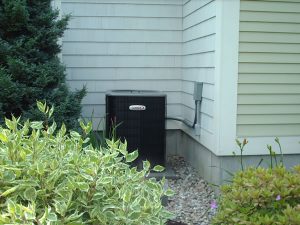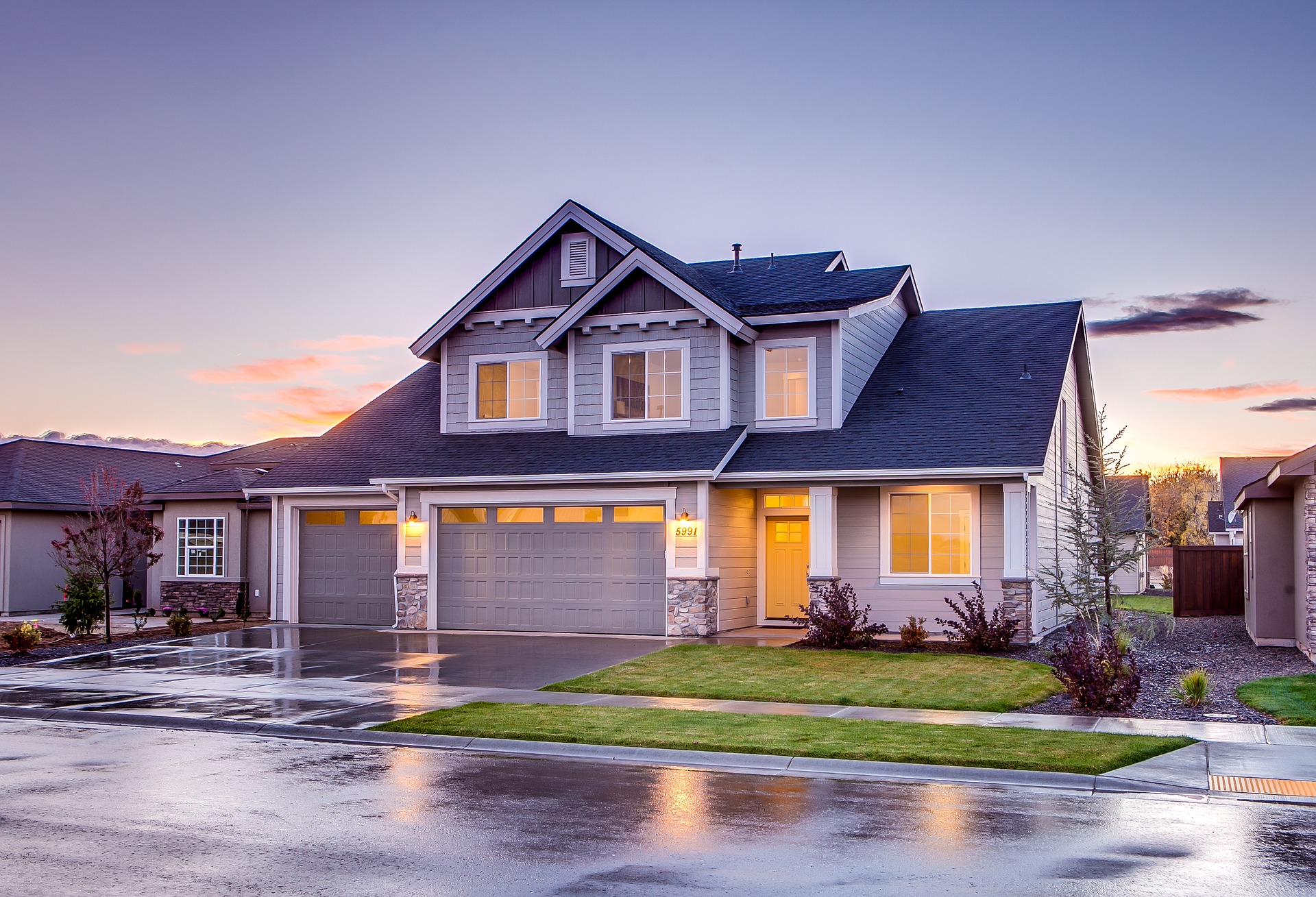What are Heat Pumps and what do they do exactly?
Heat Pumps are a central system that moves heat rather than generating heat. The systems do not require fuel consumption and provide the same space heating and conditioning at 1/4 of the cost of the traditional heating and cooling appliances. Heat Pumps provide a central system that is very energy efficient as well as being less invasive to install than the traditional heating and cooling systems. Since heat pumps are an all in one assembly, they are a great alternative to traditional heating and cooling systems. Heat Pumps use a compressor to absorb heat energy in the air as well as circulate it within the indoors and outdoors. For instance, heat in the cold months and cool air in the warmer months.
Heat pumps are less invasive and any circulating unit can be placed on any flat ceiling, wall, or floor surface. Just one outdoor unit can provide for multiple indoor units that include individual temperature controls. Indoor units have a self modulating setting to maintain an interior temperature without being there. The compressors and motors are located in the outside unit to provide a quiet indoor environment. The annual savings from using a heat pump can be 30% over the current consumption and costs of propane* as well as 20% over the current consumption and costs of natural gas*.

*Cost savings are approximate, and based on current market conditions.
To learn more visit Gelinas HVAC at www.gelinashvac.com!
